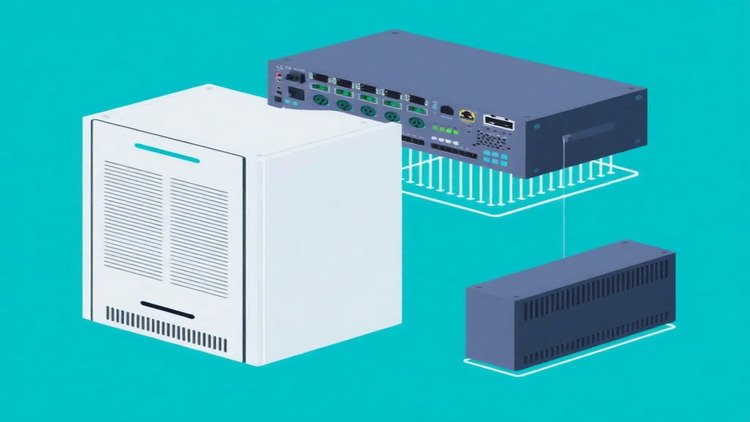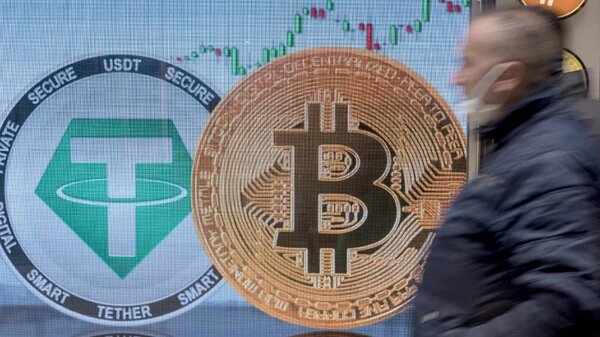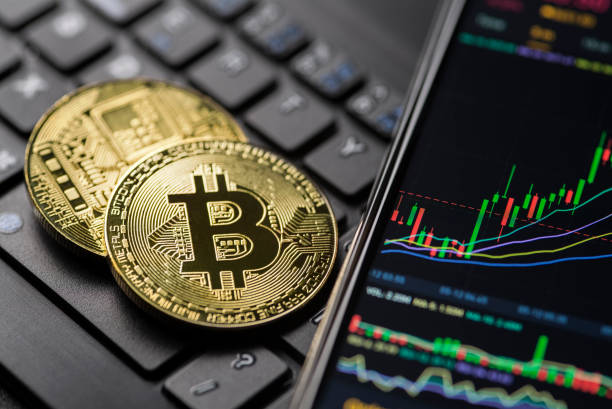Solana EVM Compatibility An Overview
Explore the groundbreaking EVM compatibility of Solana, a feature that allows Ethereum developers to seamlessly deploy their decentralized applications (dApps) on Solana's high-performance blockchain.

Solana's compatibility with the Ethereum Virtual Machine (EVM) marks a pivotal advancement in the blockchain landscape. This integration allows developers to deploy Ethereum-based applications on Solana, leveraging its high-speed and low-cost transactions. By bridging the two ecosystems, developers can transition their decentralized applications (dApps) without needing to rewrite code, thus enhancing interoperability.
Understanding the EVM
The Ethereum Virtual Machine (EVM) serves as the execution environment for smart contracts on the Ethereum blockchain. It functions as a decentralized computer, enabling the deployment and execution of various algorithms through a series of opcodes. Each Ethereum node operates its own instance of the EVM, ensuring consistent computation across the network and maintaining blockchain synchronization.
Benefits of Solana EVM Compatibility
-
Seamless Transition for Developers: Ethereum developers can migrate their dApps to Solana effortlessly, maintaining their existing codebase.
-
Enhanced Performance: Solana's architecture supports up to 65,000 transactions per second, significantly outpacing Ethereum's 15 transactions per second, thus providing a more efficient platform for dApps.
-
Cost Efficiency: The low gas fees associated with Solana transactions make it an attractive option for developers and users alike.
Key Advantages of Solana EVM
-
Scalability: Solana's unique features, such as parallel processing and Proof-of-History, allow for rapid transaction processing and efficient scaling.
-
Integration Opportunities: Developers can tap into Solana's extensive ecosystem, including DeFi platforms and NFT marketplaces, to expand their applications.
-
Familiar Development Tools: EVM developers can continue using popular tools like MetaMask and Truffle, ensuring a smooth transition to the Solana environment.
The Role of Neon Labs
Neon Labs has pioneered the development of the Neon EVM, a cross-chain solution that enables Ethereum dApp developers to harness Solana's capabilities. This includes features like an ERC-20/SPL wrapper, facilitating interaction between Solana applications and Neon EVM contracts.
Getting Started with Neon EVM
To begin using Neon EVM, developers can set up MetaMask and connect to the NeonEVM devnet. Resources such as the Neon EVM documentation and NeonFaucet are available for acquiring test tokens and further guidance.
The EVM compatibility of Solana represents a significant leap forward in blockchain technology, merging Ethereum's robust ecosystem with Solana's efficiency. This development not only enhances the capabilities of dApps but also fosters innovation and collaboration across the blockchain space.
FAQ:
1. What is Solana EVM compatibility?
Solana EVM compatibility refers to the ability of Solana to support applications developed for the Ethereum Virtual Machine (EVM). This allows developers to deploy Ethereum-based decentralized applications (dApps) on the Solana blockchain without needing to rewrite their code.
2. What is the Ethereum Virtual Machine (EVM)?
The Ethereum Virtual Machine (EVM) is a decentralized computing environment that executes smart contracts on the Ethereum blockchain. It serves as a runtime for dApps, ensuring consistent computation across all Ethereum nodes.
3. What are the benefits of using Solana for EVM-based applications?
Using Solana for EVM-based applications offers several advantages, including:
- High Performance: Solana can handle up to 65,000 transactions per second, significantly faster than Ethereum.
- Low Transaction Costs: Solana's gas fees are considerably lower than those on Ethereum, making it more cost-effective for users and developers.
- Seamless Migration: Developers can transition their existing Ethereum dApps to Solana without extensive code modifications.
4. How does Neon Labs contribute to Solana's EVM compatibility?
Neon Labs has developed the Neon EVM, a cross-chain solution that allows Ethereum dApp developers to utilize Solana's features. This includes tools for wrapping ERC-20 tokens as SPL tokens, enabling interaction between Solana applications and Neon EVM contracts.
5. How can developers get started with Neon EVM?
Developers can begin using Neon EVM by setting up MetaMask and connecting to the NeonEVM devnet. They can access resources like the Neon EVM documentation and NeonFaucet to acquire test tokens and receive further guidance.
6. What types of applications can be deployed on Solana using EVM compatibility?
A wide range of applications, including decentralized finance (DeFi) platforms, non-fungible token (NFT) marketplaces, and other dApps developed for Ethereum, can be deployed on Solana through EVM compatibility.
7. Is there a learning curve for Ethereum developers transitioning to Solana?
While there may be some adjustments required, Ethereum developers can leverage familiar tools like MetaMask and Truffle, making the transition to Solana more manageable. The existing knowledge of Solidity and EVM concepts will also aid in the migration process. 8. What is the significance of Solana's transaction speed?
Solana's ability to process up to 65,000 transactions per second is a game-changer for dApps, allowing for a more responsive user experience and the ability to handle a larger volume of transactions simultaneously compared to Ethereum.
9. Are there any limitations to using Solana for EVM-based applications?
While Solana offers many advantages, developers should be aware of potential limitations such as differences in network architecture, which may require some adjustments in application design and functionality.
10. How does Solana ensure security for EVM-based applications?
Solana employs a combination of Proof-of-History and other security measures to maintain the integrity and security of transactions and smart contracts, ensuring a secure environment for EVM-based applications.
11. Can existing Ethereum dApps run on Solana without changes?
Most Ethereum dApps can be migrated to Solana with minimal changes, thanks to EVM compatibility. However, some adjustments may be necessary to optimize performance and take full advantage of Solana's unique features.
12. What resources are available for developers interested in Solana EVM?
Developers can access a variety of resources, including the Neon EVM documentation, community forums, and tutorials, to help them understand and utilize Solana's EVM compatibility effectively.
What's Your Reaction?
















